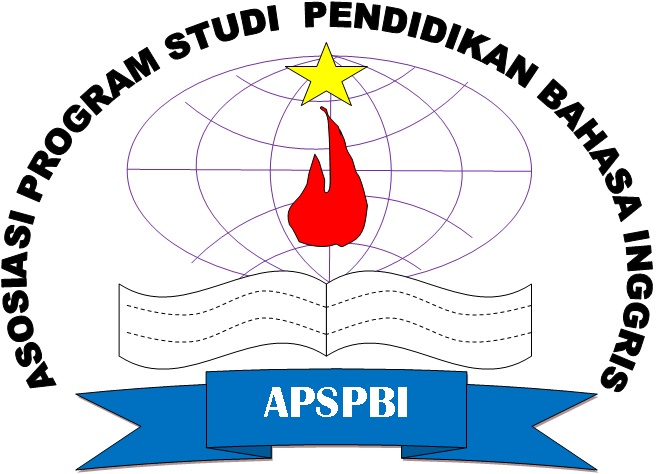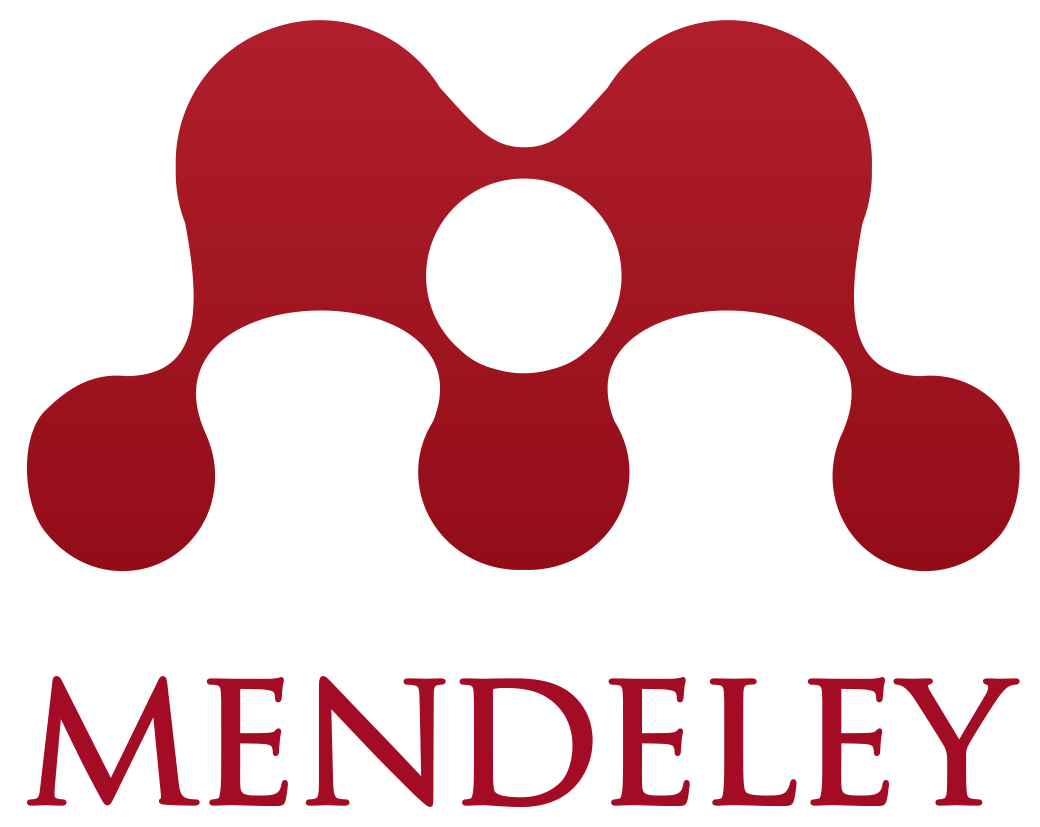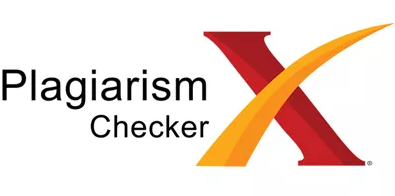The Effects of Three Different Assessment Types on Text Revisions: A Study of Indonesian EFL Learners
Abstract
Keywords
Full Text:
PDFReferences
Andrade, H., & Y. Du. (2007). Student response to criteria-referenced self-assessment. Assessment & Evaluation in Higher Education, 32(2), 159–181.
Birjandi, P., & N. Hadidi Tamjid. (2012). The role of self-, peer and teacher assessment in promoting Iranian EFL learners’ writing performance’. Assessment & Evaluation in Higher Education, 37(5), 513–533.
Chang, C. C. , Tseng, K.H., & Lou, S. J. (2012). A comparative analysis of the consistency and difference among teacher-assessment, student self-assessment and peer-assessment in a Web-based portfolio assessment environment for high school students. Computers & Education, 58, 303-320.
Chen, Y. M. (2008). Learning to self-assess oral performance in English: a longitudinal case
study’. Language Teaching Research, 12(2), 235–262.
Cresswell, A. (2000). Self-monitoring in student writing: developing learner responsibility. ELT Journal, 54(3), 235–244.
Davison, C. & C. Leung. (2009). Current issues in English language teacher-based assessment. TESOL Quarterly, 43(3), 393–415.
Falchikov, N. (1995). Peer feedback marking: developing peer assessment. Innovation in Education and Training International, 32, 175–187.
Harris, M. (1997). Self-assessment of language learning in formal settings. ELT Journal, 51, 12-20.
Lin, S.-J., Liu, Z.-F., & Yuan, S.-M. (2001). Web-based peer assessment: attitude and achievement. IEEE Transactions on Education, 44(2), 13.
Little, D. (2005). The common European framework and the European language portfolio: involving learners and their judgments in the assessment process. Language Testing, 22, 321-326.
Matsuno, S. (2009). Self-, peer-, and teacherassessments in Japanese university EFL writing
classrooms’. Language Testing, 26(1) 75–100.
Nunan, D. (1988). The learner-centered curriculum. Cambridge: Cambridge University Press.
Nicol, D. J., & D. Macfarlane-Dick. (2006). Formative assessment and self-regulated learning: a model and seven principles of good feedback practice. Studies in Higher Education, 31(2), 199–218.
Pond, K., Ul-Haq, R., & Wade, W. (1995). Peer review: a precursor to peer assessment. Innovation in Education and Training International,32, 314-323.
Sadler, P., & Good, E. (2006).The impact of self- and peer-grading on student learning. Educational Assessment, 11(1), 1-31.
Sengupta, S. (2000). An investigation into the effects of revision strategy instruction on L2
secondary school learners. System 28(1), 97–113.
Taras, M. (2003). To feedback or not to feedback in student self-assessment. Assessment & Evaluation in Higher Education, 28(5), 549–565.
DOI: https://doi.org/10.31002/metathesis.v3i2.1473
Refbacks
- There are currently no refbacks.

This work is licensed under a Creative Commons Attribution-ShareAlike 4.0 International License.
Metathesis: Journal of English Language, Literature, and Teaching is published by English Education Department, Faculty of Teacher Training and Education, Universitas Tidar, Magelang, Indonesia in collaboration with Asosiasi Program Studi Pendidikan Bahasa Inggris Se-Indonesia (APSPBI)
ISSN: 2580-2712 (print) and 2580-2720 (online)
Jalan Kapten Suparman 39 Magelang, Jawa Tengah, Indonesia 56116
Phone (0293) 364113 Fax (0293) 362438













